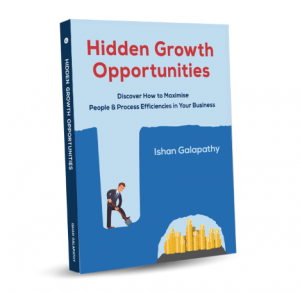Have you heard the joke regarding our affinity towards numbers? “There are three types of people in the world. Those who can count and those who can’t”. People either love Excel or loathe it. When we improve productivity and performance, we expect the numbers to tell us that profitability is increasing. One of the most common questions I get asked is how to calculate/measure the value of improvements on the bottom-line? The answer to this question is fundamental in engaging employees and exciting executives/ business owners. He reminded me of the two basic roles of accounting in a company – financial accounting and management accounting. This took me all the way back to my MBA Accounting subject (got a high distinction by the way 😊) and below is how I see (remember) it. Keen to know which view you take to measure the success of your improvement projects.
Financial Accounting Lens – recording financial transactions and preparing financial reports such as P&L and Balance Sheets. Timeline driven – month end, financial year end etc. The numbers reflect the company’s performance against income, expenses and cashflow. If we add the complexity of accruals, depreciation etc. one could argue that profitability theoretical. Results of improvement projects could be lagged and hidden – reducing 0.5 FTE (Full-Time Employee) through a project doesn’t flow to the bottom line immediately.
Management Accounting Lens – utilising the recorded information to produce specific reports to draw insights and make decisions. These reports are specific and purpose driven – we need to know the best/worst performing products or lines. Numbers reflect performance against specific financial standards – for products, lines or departments. Results/savings of productivity improvement initiatives can be calculated immediately.
The biggest issue I see is that most businesses are unable to combine production data (machine downtime, waste, efficiency etc) and management accounting data (material usage variances, worst performing product etc) to help us identify hidden opportunities and also calculate the real savings from productivity improvement projects. How are you calculating the impact of productivity improvements on profitability?
Not everything that is measured, matters, and not everything that matters, is measured.





